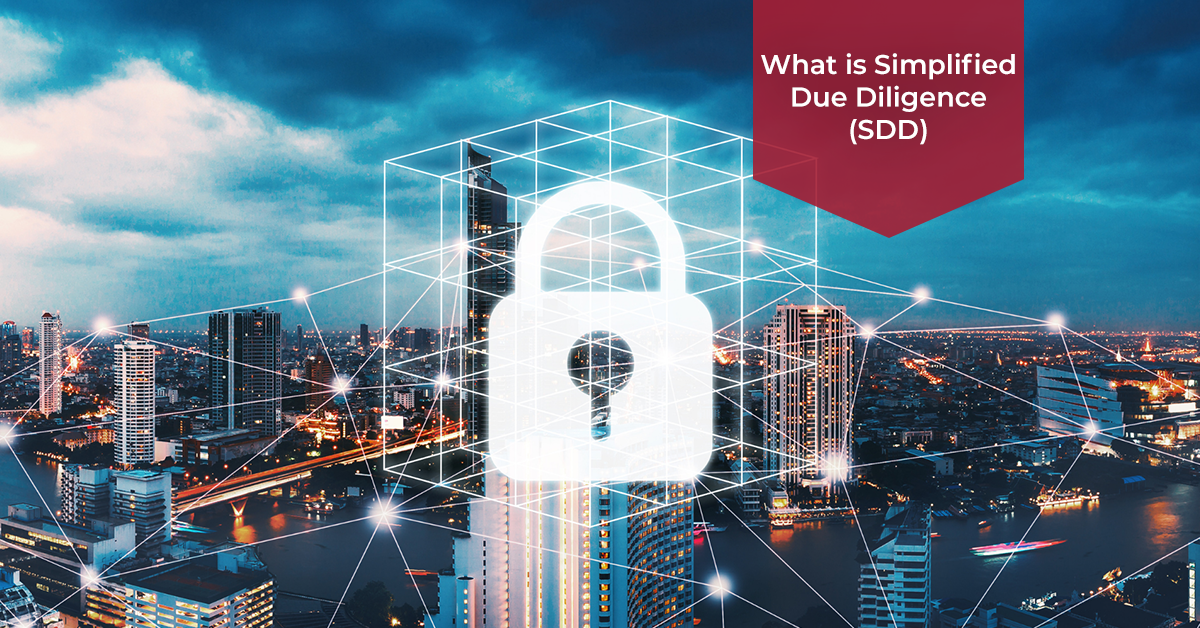
What is Simplified Due Diligence (SDD)?
Due diligence is a crucial process in various business transactions, financial activities, and compliance requirements. It involves conducting thorough investigations and assessments to ensure the legitimacy and integrity of a business entity, individual, or transaction. However, in certain situations, a more streamlined approach called Simplified Due Diligence (SDD) can be implemented. SDD is a risk-based approach that allows for a more efficient due diligence process while still maintaining an acceptable level of scrutiny and compliance.
Why is Simplified Due Diligence Necessary?
Simplified Due Diligence is necessary for several reasons. Firstly, it helps reduce the burden of extensive due diligence procedures, especially in cases where the risks associated with the transaction or the client are low. This allows organizations to allocate their resources more effectively and efficiently. By implementing SDD, businesses can focus their efforts on high-risk clients or transactions that require more thorough scrutiny.
Secondly, SDD enables faster decision-making and facilitates the smooth flow of business transactions. In certain situations, such as low-value transactions or well-established business relationships, conducting a full-fledged due diligence process can be time-consuming and impede business operations. SDD provides a practical alternative that balances risk mitigation with operational efficiency.
Which Steps Are Necessary for the SDD Process?
While the specific steps may vary depending on the industry and regulatory requirements, the general framework for the SDD process typically includes the following:
1) Risk Assessment
The first step in SDD is to assess the risk associated with the client or transaction. This involves evaluating factors such as the client’s reputation, business history, industry sector, and the nature of the transaction. The objective is to determine if the risks are low enough to warrant a simplified approach.
2) Client Identification and Verification
The next step involves verifying the identity and background of the client. This includes collecting and validating relevant identification documents and conducting basic checks to ensure that the client’s identity is legitimate.
3) Risk Profiling
Once the client’s identity is established, a risk profile is created based on the available information. This profile helps in categorizing the client’s risk level and determining the extent of due diligence required.
4) Ongoing Monitoring
Even though SDD may involve a streamlined process, it is essential to establish mechanisms for ongoing monitoring of clients and transactions. Regular monitoring allows for the identification of any changes in risk factors or suspicious activities that may require further investigation.
What is the Difference Between SDD and Enhanced Due Diligence (EDD)?
While Simplified Due Diligence (SDD) aims to streamline the due diligence process, Enhanced Due Diligence (EDD) takes the opposite approach. EDD involves a more intensive and comprehensive examination of high-risk clients or transactions.
EDD is typically implemented in situations where the risks associated with the client or transaction are higher. This could include dealing with politically exposed persons (PEPs), conducting business in high-risk jurisdictions, or engaging in complex financial transactions. EDD involves additional steps such as gathering more extensive information, conducting in-depth background checks, and assessing the ultimate beneficial ownership structure.
The main difference between SDD and EDD lies in the level of scrutiny and effort applied during the due diligence process. SDD allows for a more simplified and efficient approach when risks are low, whereas EDD provides a more thorough analysis when dealing with higher-risk scenarios.
In conclusion, Simplified Due Diligence (SDD) offers a practical and efficient alternative to traditional due diligence processes in low-risk situations. By implementing SDD, organizations can allocate their resources more effectively, streamline decision-making, and ensure compliance while maintaining an acceptable level of scrutiny. However, it is important to assess and adapt the due diligence approach based on the specific risks and regulatory requirements involved in each transaction or client relationship.

